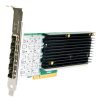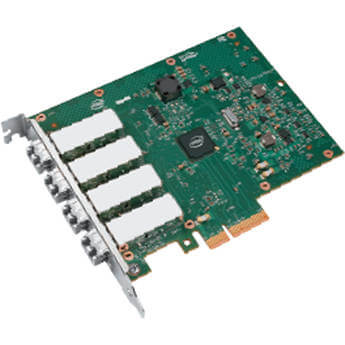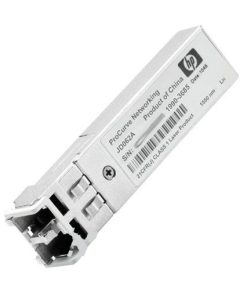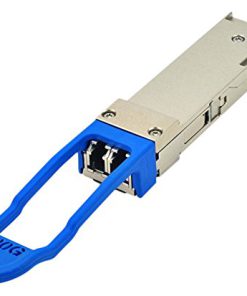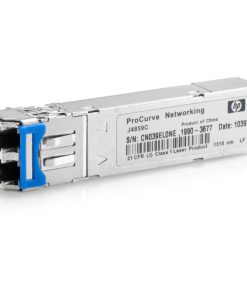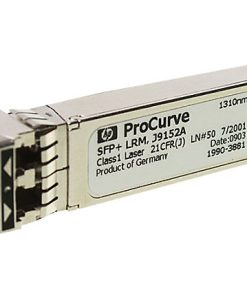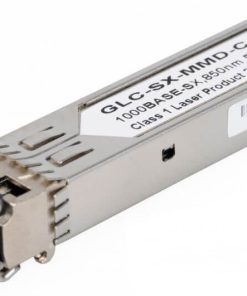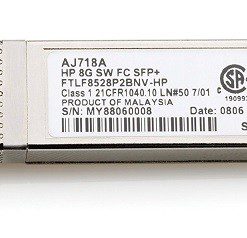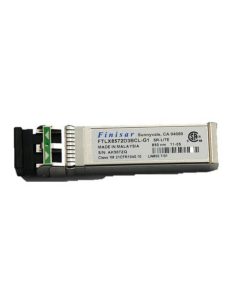Intel Gigabit ET2 Quad Port Server Adapter E1G44ET2
Call for Price
The Intel Gigabit ET2 Quad Port PCIe Server Adapter is built with the Intel 82576 Gigabit Ethernet Controller. It supports multi-core processors and optimizes server virtualization.
Designed for Multi-Core Processors
The quad port adapter provides high-performing, multi-port Gigabit connectivity in both multi-core platforms and virtualized environments. In a multi-core platform, the adapter supports various technologies such as multiple queues, receive-side scaling, MSI-X and low-latency interrupts that help accelerate the data across the platform, thereby improving application response times.
The I/O technologies on a multi-core platform utilize the multiple queues and multiple interrupt vectors available on the network controller. These queues and interrupt vectors help in load balancing the data and interrupts amongst themselves to reduce the load on the processors and improve overall system performance. For example, depending upon the latency sensitivity of the data, the low-level latency interrupts feature can bypass the time interval for specific TCP ports or for flagged packets to give certain types of data streams the least amount of latency to the application.



